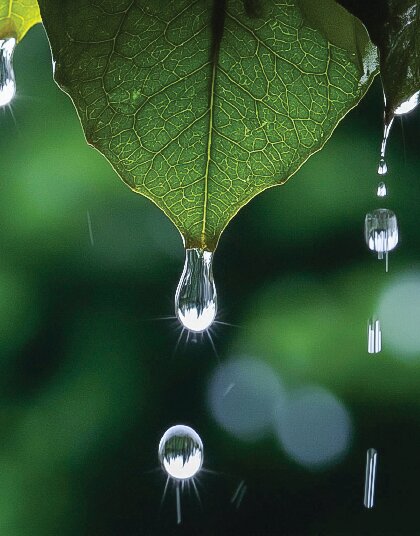As the April showers remind us, rain can bring much-needed growth to our environment. But it also brings a unique scent that is loved by many – petrichor. This chemical stew is produced when rain interacts with certain compounds in the air and soil. Australian scientists first coined the term in 1964 to describe this distinct smell.
Petrichor is not a substance on its own but rather a combination of chemical compounds within the rain or released by the rain as it falls. Ozone, normally found in the atmosphere, can be absorbed by raindrops as they fall and contributes to the petrichor scent. Lightning during a rain event can create more ozone, further enhancing the aroma.
Geosmin, a chemical produced by bacteria known as Actinomycetes in the soil, also plays a significant role in petrichor’s creation. These bacteria release geosmin into the air as rain falls, contributing to the overall scent. Plants also contribute to petrichor’s formation by releasing compounds from the soil when it rains. The rain clears dust particles and aerosols from the air, further enhancing petrichor’s delightful aroma.
So next time it rains, take a moment to appreciate the fresh and earthy scent of petrichor that fills the air. Remember that rain brings many benefits such as accelerating spring growth, reducing fire danger and bathing our environment in a delightful scent that reminds us of nature’s wonders.
